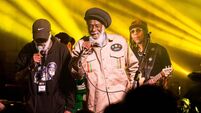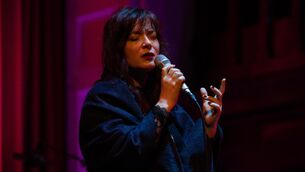Cois Móire review: Ó Drisceoil reaches Youghal in final episode of Blackwater series
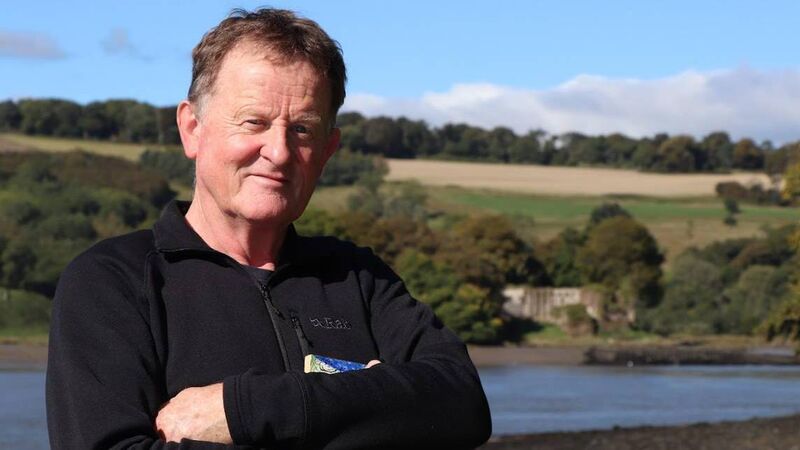
Diarmuid Ó Drisceoil on Cois Móire, the TG4 series about the River Blackwater.
“This river is my place of the nearest I’m ever going to come to happiness,” journalist and author Anthony Summers says in the final episode of TG4’s Cois Móire.
Summers, who reported on world events in the 1960s and ‘70s and whose books sparked recent documentaries on Netflix, has long made his home on the banks of the Blackwater.
He tells presenter Diarmuid Ó Drisceoil: “After the life I had lived, largely covering conflicts around the world, for me this was – and is – the still point of my life.”
Summers’ story is testament to the power, mystique and other-worldliness of the Blackwater. And now – with Ó Drisceoil well along the 169km route of the river and at the point near Cappoquin where it bends towards the sea – the Blackwater is a very palpable constant presence in the documentary.
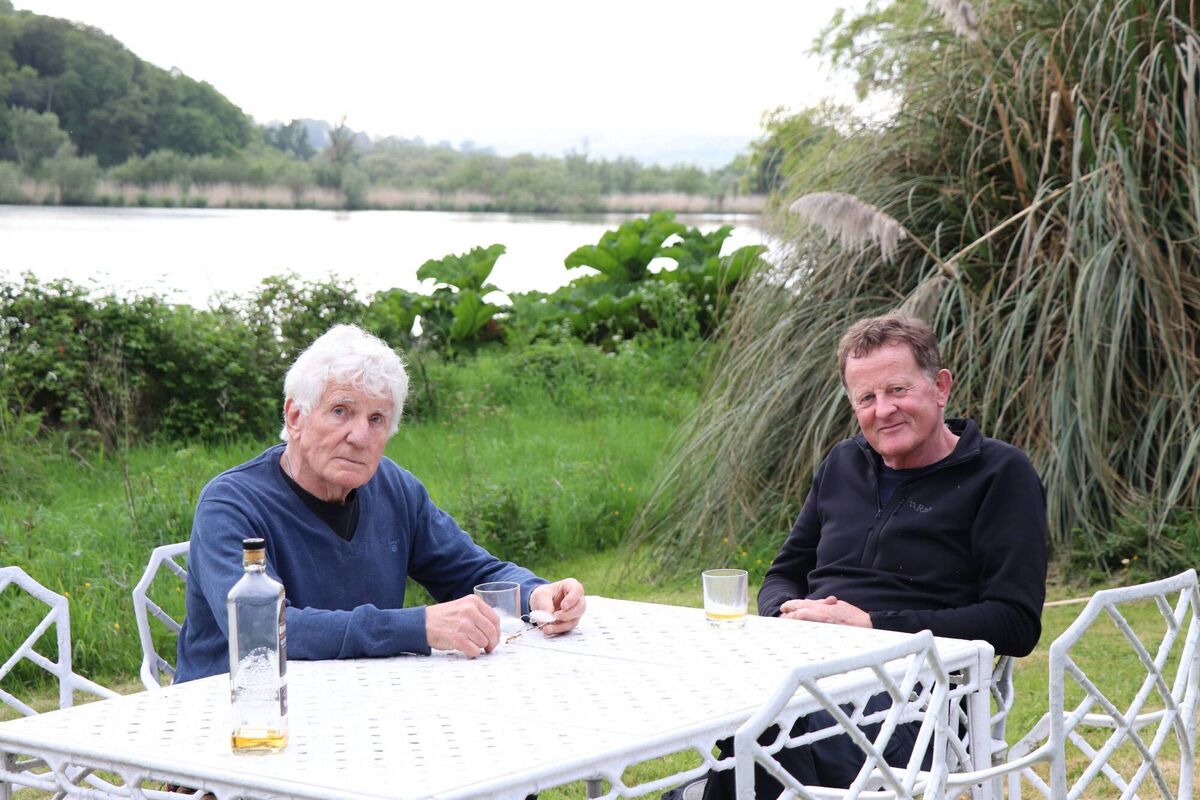
Called 'An Abhainn Mhór' in Irish, Ó Drisceoil discovers this doesn’t translate as ‘big river’ but as ‘river of the goddess’ – after the ancient Irish deity, Mór Mhumhan, a goddess of the land, connected to fertility.
Pondering the heavy Anglo-Irish influence in the area and how Gaelic culture still survived, Ó Drisceoil wonders how the two cultures co-existed. And, on that, the banks of the Blackwater have a story to tell. The 1851 census recorded “80% of the population…on both sides of the river were Irish speakers while the gentry houses were operating here”.
But by the 1891 census, the number of Irish speakers on one side of the river had fallen to between 25-50%, while on the other side Irish remained strong and survived longer.
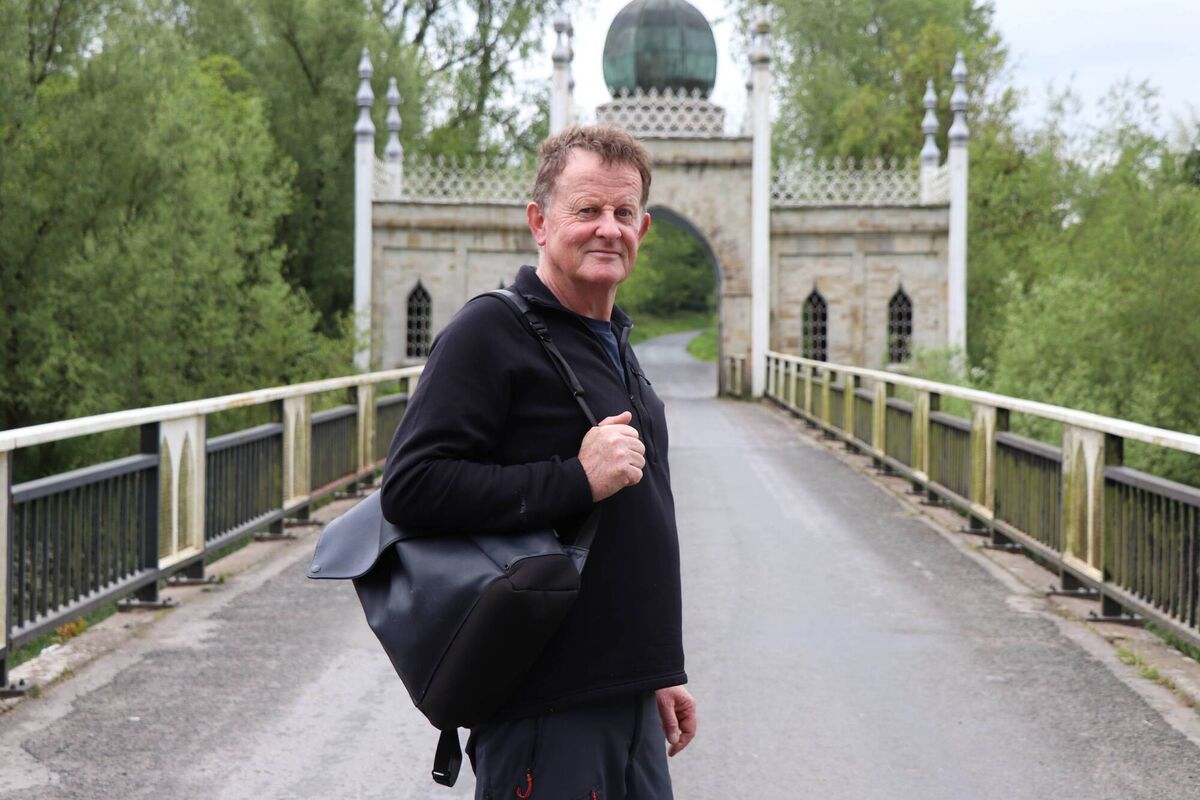
And then, another across-the-banks story. Near the great house of Ballynatray, Ó Drisceoil says the servants “normally came from the shaded [other] side of the river”. But it was no barrier to love. Mid-19th century, Pádraig Fleming, a ferryman, fell in love with Lady Harriette of the big house.
A daring plan to elope failed. She was forced to marry someone more ‘suitable’ – he never married but often brought Lady Harriette gifts of rabbits and salmon he’d caught.
Through the four-part series, many of Ó Drisceoil’s discoveries come through conversations he has while paddling his canoe, often throwing words to-and-fro from his boat to another travelling companionably alongside. But some of the most iconic timeless river scenes are shot from behind. They show the deep wide Blackwater – and Ó Drisceoil, a solitary human, in the middle of this vastness.
As he steps away from his canoe for the last time – in Youghal where the Blackwater enters the sea – he captures something of the mystery of it: “I’m a mere visitor here… we come, we go, but life goes on, just like the river.”



